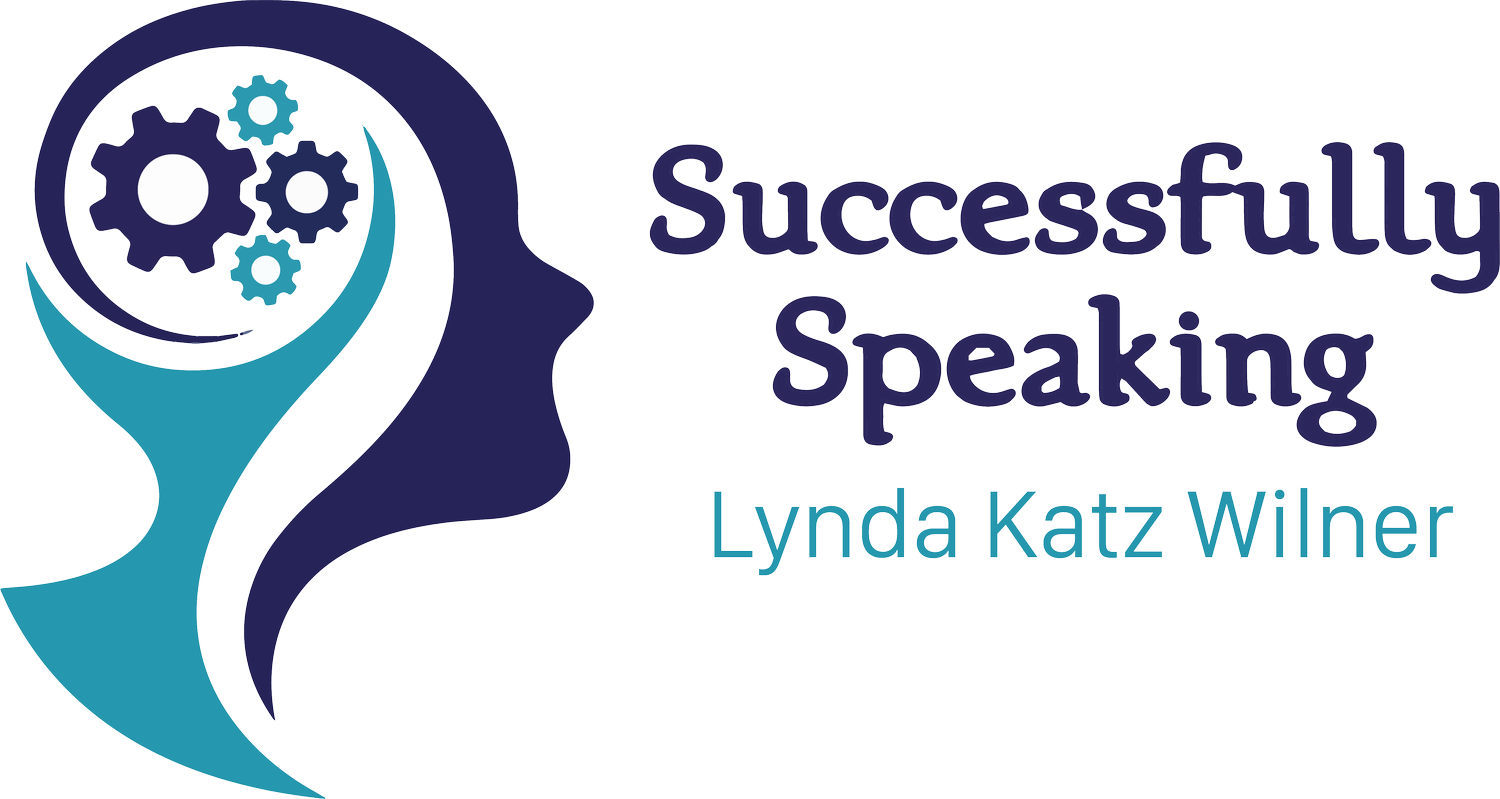What’s in a Name?
What do you do when you can’t pronounce someone’s name? Many of my clients are non-native English speakers and some have names that are challenging to pronounce. They often adopt an American name to make it easier for their conversational partner, tolerate the mispronunciation or abbreviation, or simply say “It doesn’t matter how you say it.”
Our names are our identity! Often, our parents chose that name for specific reasons, e.g., honoring a family member, maintaining a cultural connection, embodying certain attributes, etc. Abbreviating the name without that person’s permission is disrespectful; however, they may not always tell us that. Even if they give you a shortcut, take the time to learn how to say their given name. They will appreciate that.
Here are some strategies you can use to remind yourself how to pronounce someone’s name:
Write it out phonetically so you remember how to pronounce it next time. You don’t need to know the phonetic alphabet, although it helps tremendously. You can also transliterate it (write it as it sounds to you). Here are some examples of how you can make personal notes to help you pronounce their names:
“Priyesh” can be written as “PREE-yesh”
“Kutty” can be written as “KOOty”
“Yun” can be written as “Yoon”
“Rayappa” can be written as “Rye-AP-pa”
“Laila” can be written as “Lie-la”
If your name is difficult to pronounce, you can help the listener with these strategies:
Tell them a similar word with a visual cue, such as the name “Ram” rhymes with “palm” and point to your hand. This will give the person a visual reminder as well.
If the stress pattern is different, you can say “Kato” as in with “my TOE.” Again, pointing to your foot can add that visual cue.
Give them a more common rhyming word, such as “Carissa” rhymes with “Theresa.”
I once worked with a client over a period of several weeks. Halfway through his training, he told me that I wasn’t pronouncing his name as his mother would. In fact, no one on his team at work stressed the syllables correctly! We devised a strategy, and I encouraged him to share it at his next team meeting. As he explained his pronunciation, several other team members spoke up and said their name was not pronounced correctly either! Imagine that! Everyone tolerates different pronunciations.
If we take the time to learn how to say someone’s name, it goes a long way to show them that we care and respect them and that we want to address them correctly.
What are some strategies you can use to help with your own name? Please post them below.
To learn how to Speak, Sound, and Look Like a Leader, check out the online self-study course, small group master classes in public speaking or reach out to me with any questions at LKWilner@successfully-speaking.com or www.Successfully-Speaking.com

